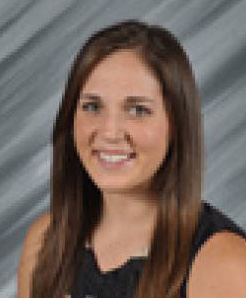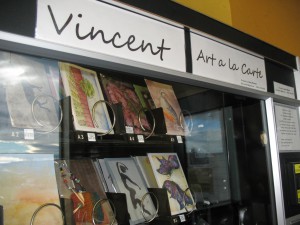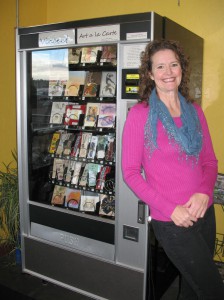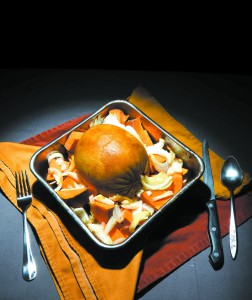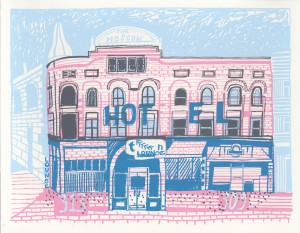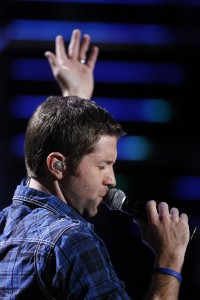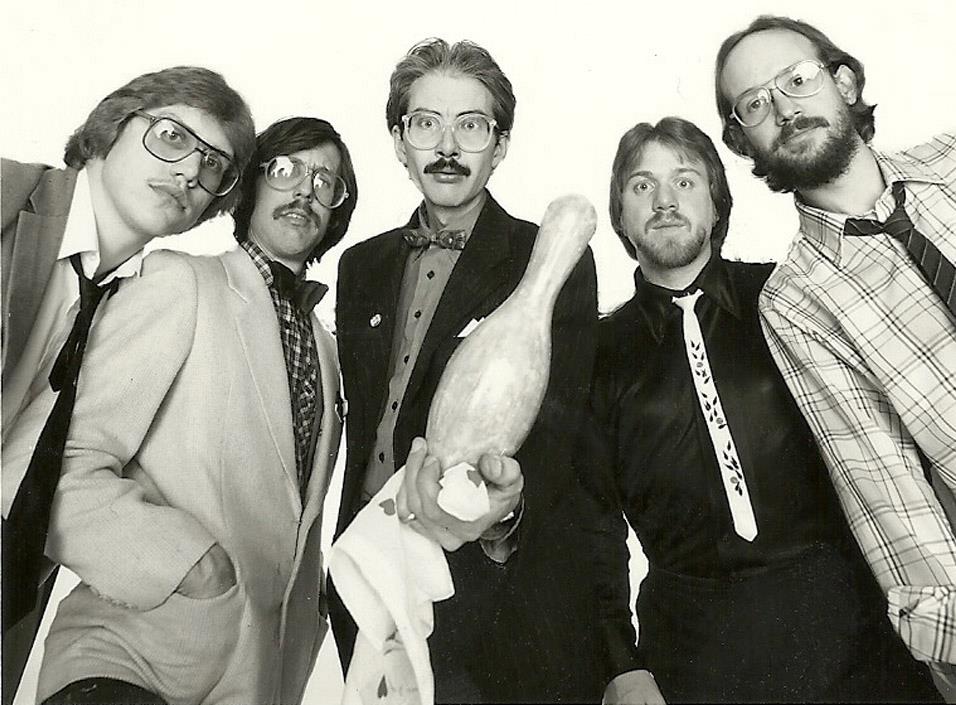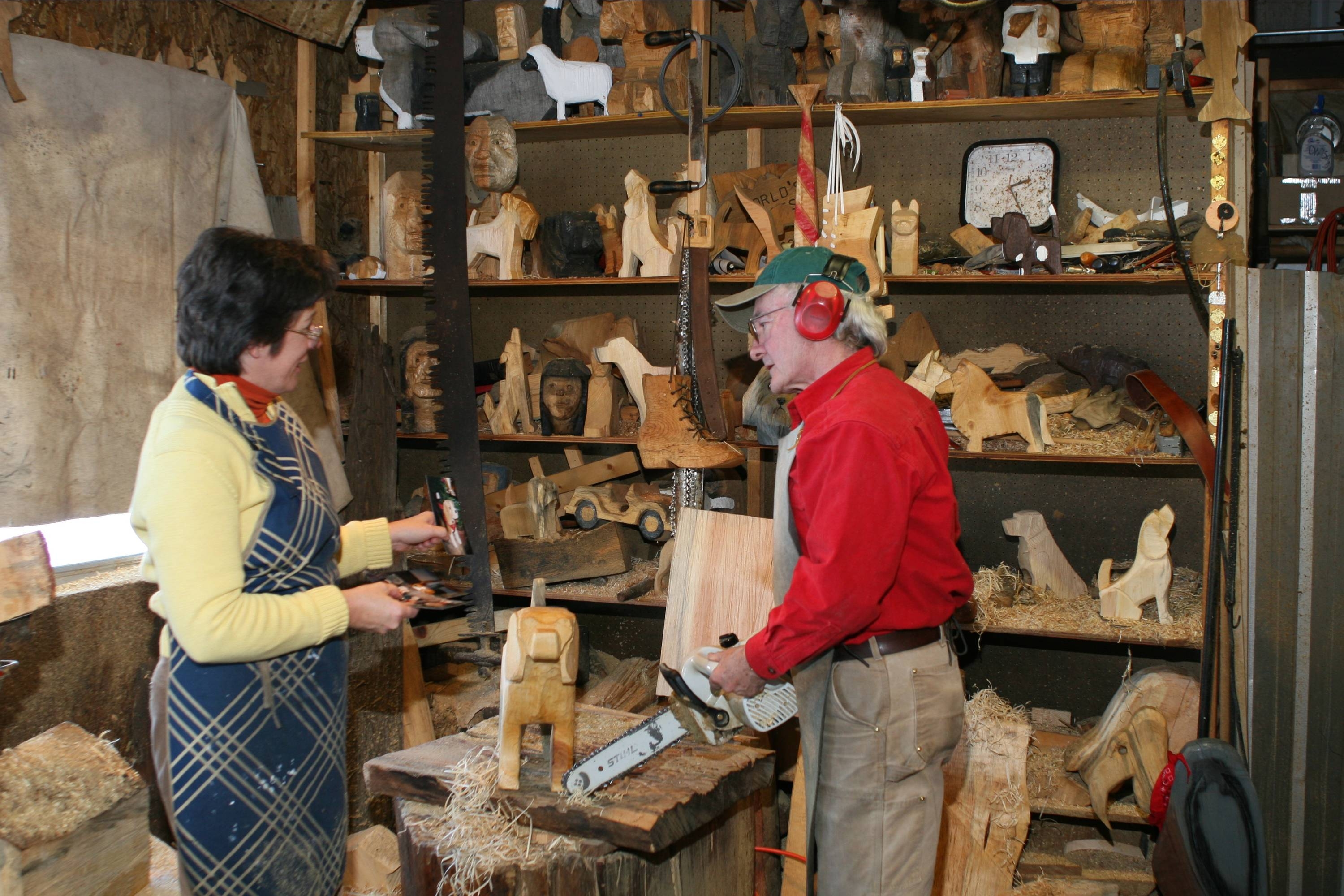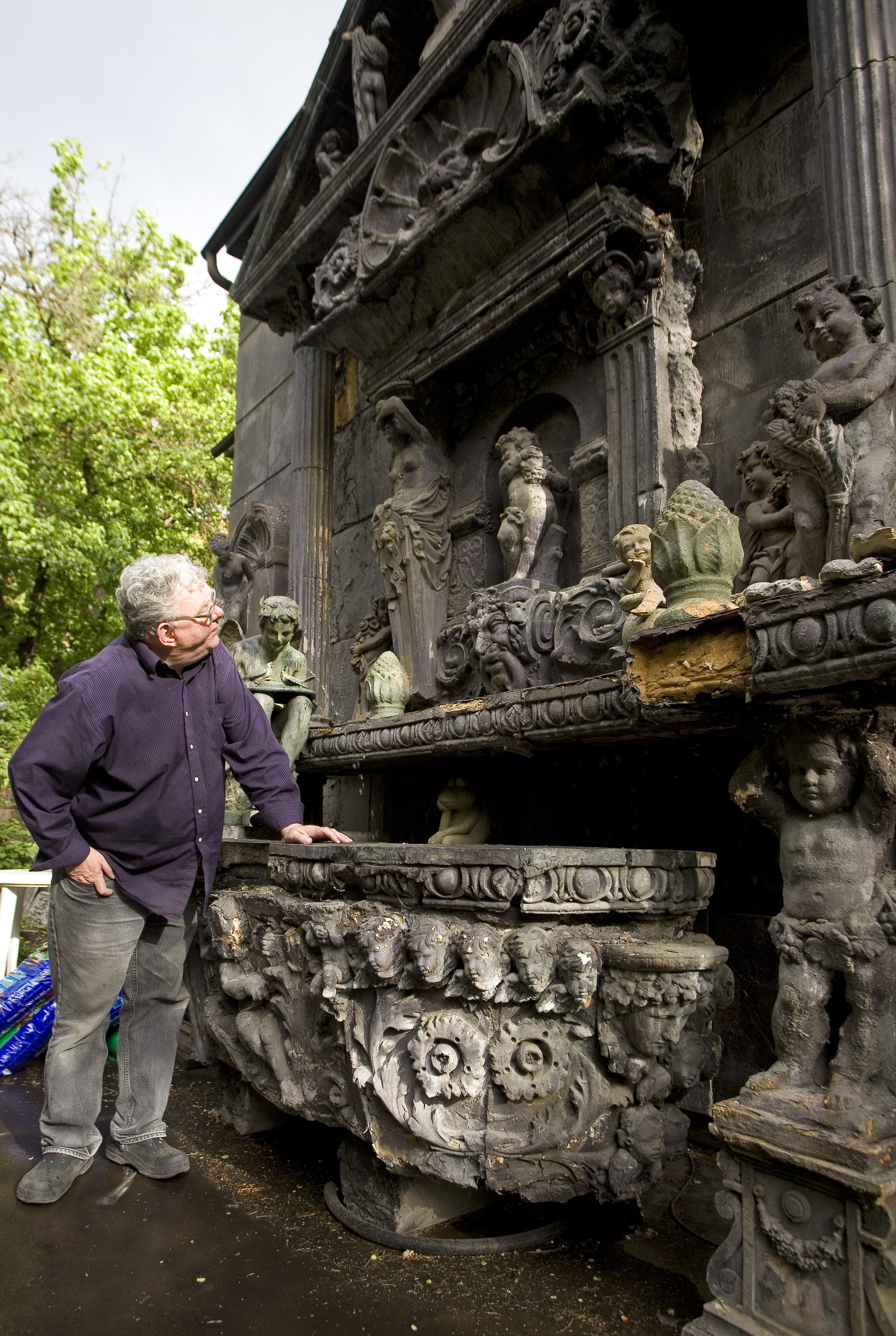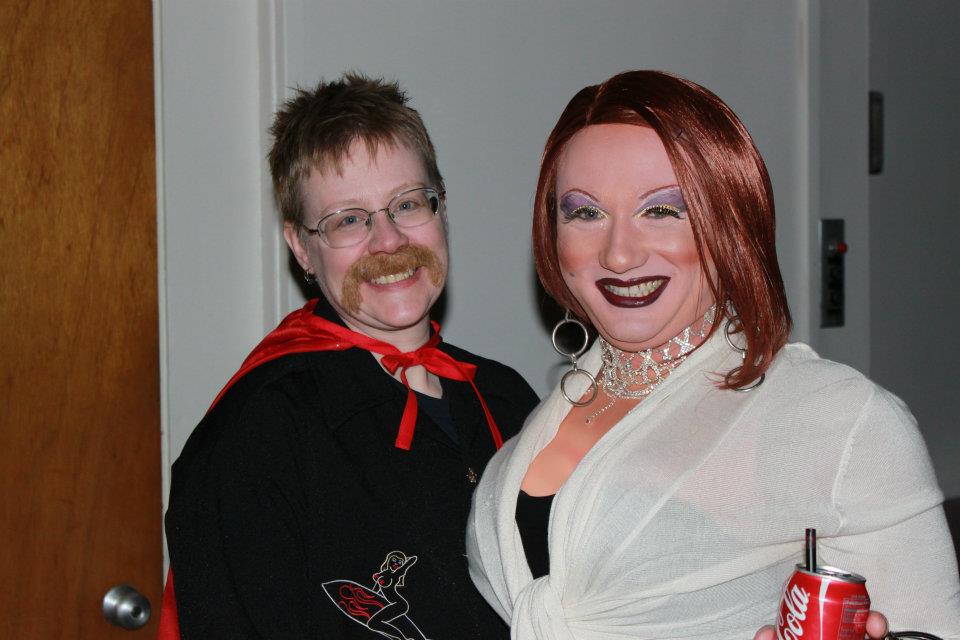When Ana Overgaard started a video project at the University of Idaho, she had no idea it would take her to Florida twice and even as far as London.
“It started as kind of a joke with Nelson Dellis: ‘Someone should make a documentary with you,’ “ Overgaard said.
And Overgaard did.
Nelson Dellis is a famous memory champion. He can memorize thousands of binary digits in an hour, as well as 20 packs of cards and multiple blobs of colors, abstract images, random words and fictional dates. Dellis creates what’s called a memory palace, in order to memorize a name, for example.
“You take the name into something visual, like Ana: Banana, visualize the face and put that there,” Overgaard said. “It looks like they’re taking SATs, and it’s really boring, but in their mind, they’re going on these incredible journeys.”
Techniques like this are what led Dellis to win the 2011 and 2012 USA Memory Championships, and then go on to the World Memory Championships in 2012, where he placed seventh.
Overgaard met him a few years back and decided to pursue what had begun as a class project after getting a $3,000 grant from the UI — the first ever awarded to a Journalism and Mass Media student.
“I thought, now that I’ve got his, I have to do it,” said Overgaard, who used UI equipment to film and edit.
Overgaard planned to follow Dellis to the World Championships, which were supposed to be in New York.
“But it changed to London last minute, right in the middle of basketball season,” said Overgaard, who was a senior guard for the UI women’s basketball team before graduating in May.
She had missed Dellis’ performance in the National Championships due to the WAC Championships, which her team won.
Overgaard vented to a good friend in Spokane about how she was going to have to give up the project. Her friend then spoke to her aunt, who wrote a $7,000 grant, and Overgaard was back to work, able to follow Dellis to London. After that, the project came out of her parents’ and her own pockets.
She just finished work at Bloom restaurant in Moscow and is moving to Boise.
“It got more expensive in licensing,” Overgaard said. “(Dellis) gave ‘TedTalks,’ was on ‘Oprah,’ ‘The Today Show’ and ‘National Geographic.’ ”
She had to pay to use the material, as well as pay for film festival entries and to burn her film to Blu-ray discs. She hopes to enter it in 10 to 15 film festivals.
“It ended up being so much bigger than I thought it would be,” Overgaard said. “As I went to London, I was filming with these professionals and famous memory champions. The more I worked on it, the more I loved it. I had total freedom.”
Overgaard said her proudest moment with camera in hand, was when she strolled down the street with Dellis in downtown Miami. Intimidated by a man who had just been interview by CNN a week prior, Overgaard spontaneously asked him to memorize license plates of parked cars for two blocks.
“It ends up being so cool, and totally fascinating,” said Overgaard, who used the scene in her film.
Overgaard’s film “Ace of Diamonds” will play 7 p.m. Dec. 11 in the UI Administration Building Auditorium.
The film follows Dellis during the World Memory Championships and his climb up Mount Everest, as an attempt to raise awareness for his “Climb For Memory” foundation, which generates money for Alzheimer’s research. The film is free and open to the public, and both Dellis and Overgaard will speak at the showing.
“I never wanted to do documentary at all. It kind of fell into my lap,” Overgaard said. “It’s so expensive, such a struggle, things go wrong, but in the end, once I have a final product, it’s the best feeling in the world.”
Exercise your brain muscle
Dellis claims anyone is capable of having a memory similar to his – it just takes practice. Here’s some tips he shared during a lecture, and with Brain World Magazine.
- Exercise – the physical kind. It’s good for circulation. Your hippocampus grows if you are active, and this system helps with memory.
- Eat well. Dellis eats food with antioxidants, such as fruits and vegetables with bold colors. He eats salmon and sardines, a food with DHA, an omega-3 fatty acid found in the brain and retina. He takes DHA supplements, too.
- Stay mentally engaged. Practice active brain challenges, such as puzzles.
- Have a supportive core of family and friends. Social well being is important, too.
- Memorize something. First, take what you’re going to memorize and turn that into a picture in your mind. Once you have that picture, use a memory palace: Take a location you know very well, one you walk through maybe everyday, and choose a familiar path through it. Walk through the place in your head and place the pictures you’ve memorized in those specific places. Later, you will recall them in your memory palace walk-through.
